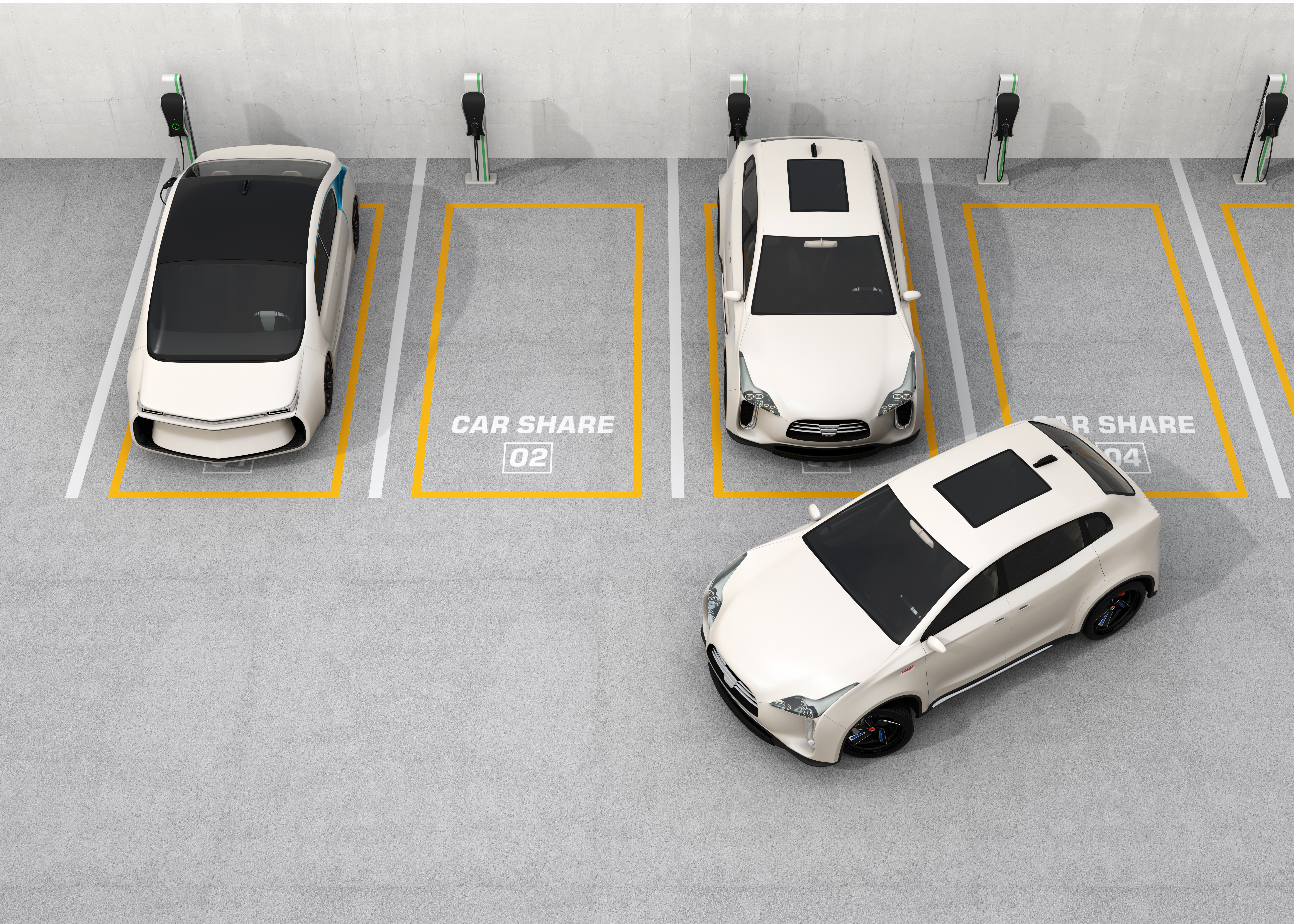Transformers for Powering Electric Vehicle Charging Stations

This technical article provides recommendations for transformers powering plug-in Electric Vehicle (EV) charging applications:
1. Powering multiple level 1 and 2 chargers
2. Powering 1 to 2 level 3 fast chargers
3. Powering multiple level 3 fast chargers
Studies on the adoption of EV charging stations in new and existing infrastructure have shown potential issues that will become more significant as the adoption of EV charging stations gains momentum. “It could be readily established that EVs could significantly contaminate the distribution system with high amounts of harmonic injection.”1 Another study indicated that “quick charging rate will cause significant voltage harmonics and losses, as well as, transformer overloading if charging is concentrated at peak times.”2 This would include total harmonic distortion current (THDi) greater than 17% and total harmonic distortion voltage (THDv) greater than 14% 1.
Such issues can cause power quality problems, including violating the IEEE 519.2014 THD standards and excessive transformer and capacitor heating. For transformers that will be powering EV charging applications, the following recommendations are made:
- A k-factor rated transformer should be specified. We recommend a k-factor of 9, (k4 may be used on systems with low EV charging loads). Specifying k-rated transformers will ensure the protection of the transformer from overheating due to harmonic distortion currents.
- In addition, large numbers of single phase level 1 and 2 chargers, often found in parking lots, can create high neutral currents which k-rated transformers are designed to handle. - For better power quality results, use harmonic mitigating transformers (HMT’s) for level 1 and 2 chargers to cancel 3rd
order harmonics caused by multiple single phase PEV charger loads and maintain THD levels below IEEE 519-2014
- HMT’s will also lower neutral currents - If a transformer is installed in an area without climate control, we suggest specifying low temperature rise units, especially for areas where the 24-hour average temperature is above 30°C or the maximum above 40°C
- 130°C or 115°C temperature rises with a 220°C insulation system are normally sufficient for high ambient
temperatures - Install the transformer in an area without water pipes or gutters located above the transformer per NEC 110.26
- Use bollards or other barriers to protect the transformers from vehicle damage per NEC 110.26
- For areas accessible to the general public, use transformers with tamper resistant hardware, lockable doors and/or non-ventilated designs
- If two or more level 3 three-phase EV chargers are installed on the same network, power half the chargers with an HMT transformer with a 0° phase shift and the second half of the EV chargers with an HMT transformer with a -30° phase shift. This will create a pseudo 12-pulse system and cancellation of 5th order harmonics at the service entrance transformer.
In conclusion, for applications powering PEV charging stations we strongly recommend utilizing k-rated and low temperature rise transformers to protect the units from overheating. Using one or more harmonic mitigating transformer can further improve overall power quality and reduce neutral currents. Finally, environmental and local installation areas must also be taken into account.
References:
1. Ul-Haq,A., Cecati, C., Ehsan, A. and Strunz, K. 2015. Impact of Electric Vehicles on Voltage Profile and Harmonics in a Distribution Network
2. Moses, P., Deilami, S., Masoum, A. and Masoum, M.A.S. Power Quality of Smart Grids with Plug-in Electric Vehicles Considering Battery Charging Profile
